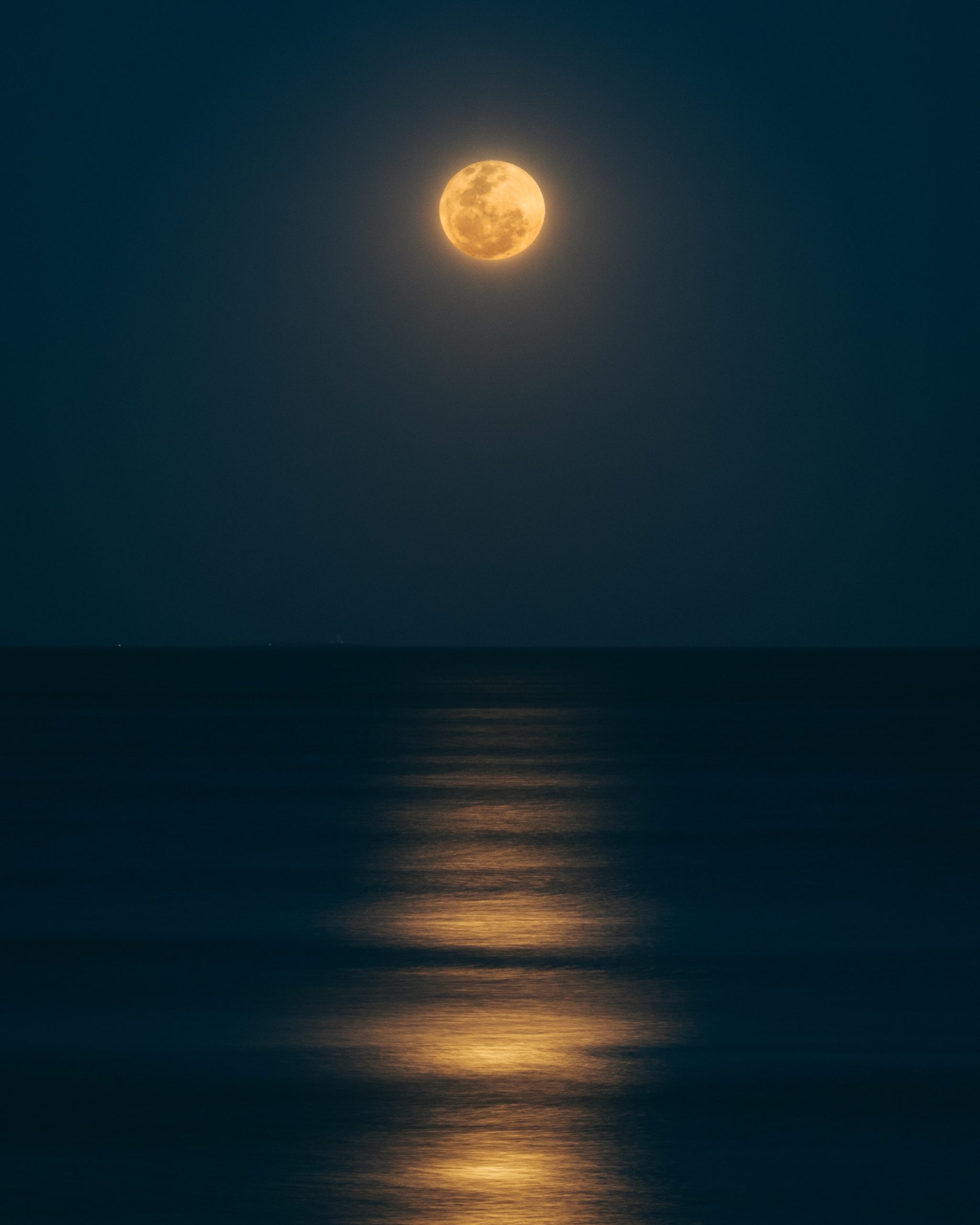The Feng Shui Movie 2004: A Detailed Analysis of the Cult Classic
Released in 2004, the Feng Shui movie quickly gained a cult following and left a lasting impact on audiences. Directed by Chito S. Roño and starring Kris Aquino, the film expertly combines elements of horror, thriller, and supernatural genres, making it a unique and unforgettable cinematic experience. In this comprehensive blog post, we will dive deep into the intricacies of the Feng Shui movie, exploring its plot, symbolism, cultural significance, and legacy.
The Plot: Unveiling the Secrets of the Bagua Mirror
The Feng Shui movie centers around a cursed Bagua mirror, an ancient Chinese talisman believed to bring good luck and ward off evil spirits. However, in this tale, the mirror brings forth a malevolent force known as the “bagaw,” which exacts a gruesome death upon anyone who sees their reflection within the mirror.
The protagonist, Joy Ramirez (played by Kris Aquino), unknowingly receives this cursed mirror as a housewarming gift. Joy soon realizes the mirror’s deadly power after a series of eerie incidents, including the untimely deaths of people associated with her. Determined to break the curse and save her own life, Joy embarks on a perilous journey to uncover the dark secrets behind the Bagua mirror.
Symbolism: Exploring the Yin and Yang of Feng Shui
Throughout the Feng Shui movie, the concept of feng shui, an ancient Chinese art of harmonizing energy flow in one’s surroundings, is explored as a central theme. The Bagua mirror, traditionally used to reflect and redirect energy, becomes a powerful symbol of the yin and yang forces that exist in the movie’s universe.
The mirror represents a delicate balance between positive and negative energies, with the bagaw embodying the darker aspects. This symbolism highlights the idea that even seemingly auspicious objects can harbor malevolence and disrupt the equilibrium of feng shui principles. By delving into this duality, the movie prompts viewers to reflect on the fragile nature of harmony and the potential consequences of disturbing it.
Cultural Significance: Merging Eastern and Western Horror
The Feng Shui movie signifies a unique cultural fusion, merging traditional Eastern beliefs, such as feng shui, with Western horror tropes. This fusion was instrumental in its widespread appeal and allowed it to transcend cultural barriers, captivating audiences around the world.
The success of Feng Shui paved the way for other Filipino horror films to gain global recognition. Elements of superstitious beliefs, ancestral spirits, and supernatural encounters are effectively interwoven into the narrative, adding depth and intrigue. While the movie draws from Filipino folklore and practices, its themes and scares are universally relatable, making it a standout piece in the global horror genre.
Legacy: Impact and Influence on the Horror Genre
Since its release, the Feng Shui movie has become a classic in the horror genre, leaving a lasting impact on both filmmakers and audiences alike. Its success inspired sequels, spin-offs, and even a television series. The movie’s iconic imagery, including the Bagua mirror, has seeped into pop culture and is widely recognized as a symbol of fright and fortune.
More importantly, the Feng Shui movie is credited with revitalizing the local Philippine film industry and elevating the status of horror films within it. Its international acclaim opened doors for Filipino talent, giving birth to a new wave of horror movies that embrace the nation’s rich folklore and cultural heritage.
In Conclusion: A Hauntingly Beautiful Cinematic Experience
The Feng Shui movie of 2004 remains a landmark film in Filipino cinema, blending horror, supernatural, and cultural elements into a mesmerizing narrative. With its exploration of feng shui, symbolism, and fusion of Eastern and Western horror, the film continues to captivate audiences with its terror and thought-provoking themes.
As we reflect on the cult classic that is the Feng Shui movie, we remember the impact it had on the horror genre, the cultural significance it represents, and the legacy it leaves behind. It serves as a testament to the power of storytelling and its ability to haunt our memories long after the credits roll.
Table of Contents
